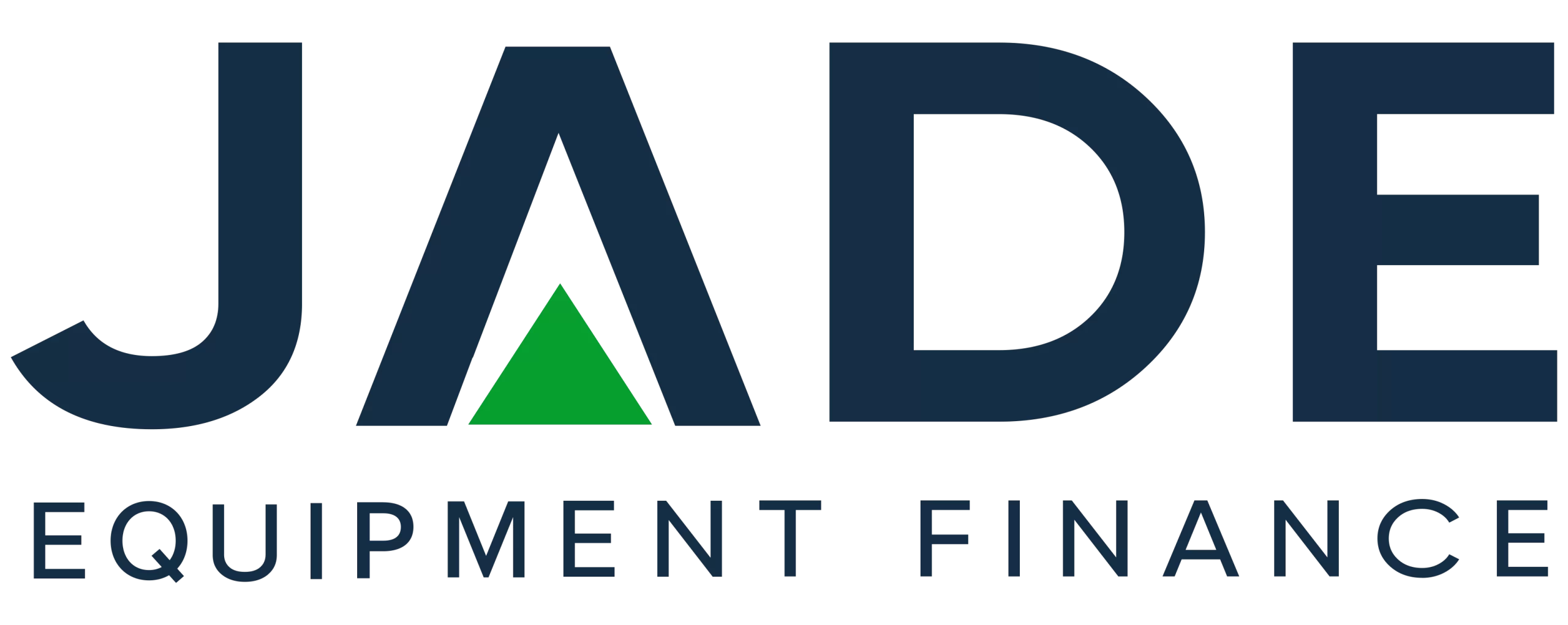When acquiring new plant, machinery or equipment with finance, business owners have a range of factors and aspects of the acquisition and the loan to take into consideration. One of the most significant, and the one that can determine the taxation and other benefits to the business, is the choice of equipment finance product. Business have the choice of Equipment Lease, Hire Purchase, Rent to Buy and Chattel Mortgage, which is also referred to as Equipment Loan by some banks and lenders.
For many businesses, the lowest interest rate and cheapest finance in general is the main focus. While that is also our key focus in securing the cheapest equipment finance for our customers, business owners should also take a broad perspective on their financial objectives. A perspective which takes in how a particular loan type may or may not contribute to achieving the financial goals of the business.
While our role as finance broker centres on securing cheap interest rates and finance, we advise our customers that their accountant or a financial advisor is often best-placed with the knowledge and insight of the operation to provide advice on choice of finance product. While having the professional advice from an advisor is great, it can also be helpful for individual business operators to have a grasp on the features and benefits of different finance products. Particularly how those features can assist the meet achieve its financial or other objectives.
An objective for some businesses is to improve the appearance of the balance sheet and that may be possible through equipment lease to finance new equipment, plant and machinery. The balance sheet lists what the business owns and is owed in customer invoices being assets and what it owes which is the liabilities. Clearly having assets greater than liabilities may present the business in a stronger position than the reverse.
So how can equipment lease achieve that objective? We explain why equipment lease is considered by some as improving the balance sheet and how other forms of finance compare.
Equipment Lease and the Balance Sheet
Leasing is a very popular and widely-used finance product for asset acquisitions including vehicles and a wide range of equipment. Leasing allows the equipment or machinery assets to be acquired with finance without the complete and whole cost or value of the loan liability being posted to the business balance sheet.
This can be seen as useful or advantageous in some circumstances. Those may include the development or growth stage of the business. A relatively new business may not be in a position to want the liability on the balance sheet. The decision or preference may also reflect the plans by the business for further acquisitions or finance applications. In reviewing loan applications, lenders will assess the balance sheet as indicative of a business’ position and ability to take-on and repay loan commitments.
The relationship between a finance product and the balance sheet of a business lies in the ownership of the equipment being financed. Where the business has the ownership of the equipment over the loan term the equipment is listed in the balance sheet. If not, it’s not.
With Equipment Lease the ownership of the equipment is held by the lender offering the finance through the lease period. Yes, the business as full use of the equipment and as such is responsible to meet the required running expenses such as insurance, servicing, parts etc. But the lender holds the title ownership. As such, the asset is not listed in the business balance sheet. The lease payments, as an expense, would be treated as liabilities.
When the equipment lease is completely finalised including where the residual is paid, the business can take ownership of the equipment. With no payments outstanding, the value of the equipment may be considered as an asset to a business.
Compare this to say Equipment Loan or Chattel Mortgage, which is another extremely popular form of equipment finance. With this finance product the ownership does revert to the business at the time of purchase, after the finance is settled.
With the business holding ownership the equipment is then posted to the balance sheet as an asset and the financed owed as a liability.
The advantage of Chattel Mortgage at this current time, is the suitability to accelerated asset depreciation measures such as Instant Asset Write-off and temporary full expensing. Where equipment is on a business balance sheet as an asset, it is depreciated or written-off according to ATO guidelines. This is the case with equipment acquired with Chattel Mortgage but Leasing is not considered as suitable to take advantage of these tax measures.
Equipment Leasing does however include attractive tax deductions. The Equipment Lease payments are fully deductible as a business expense. GST is included in these monthly payments and can be claimed by eligible businesses.
Equipment Lease Payment Calculations
Leasing typically attracts a slightly higher interest rate than Chattel Mortgage. Those interested in Equipment Lease for an upcoming purchase can calculate monthly payment estimates to assist with purchasing decisions and to help decide between different makes and models of machinery.
While there are many issues to consider, Equipment Lease can present a viable and appealing form of finance for a wide range of businesses.
Contact Jade Equipment Finance on 1300 000 003 for a quote on equipment leasing
DISCLAIMER: IF MISINTERPRETATIONS, MISREPRESENTATION OR ERRORS EXIST IN THIS ARTICLE, NO LIABILITY IS ACCEPTED. THE INFORMATION IS PROVIDED ONLY FOR GENERAL PURPOSES AND NOT IN ANY MANNER INTENDED AS THE ONLY SOURCE FOR MAKING FINANCIAL DECISIONS. THOSE THAT CONSIDER THEY REQUIRE ADDITIONAL GUIDANCE OR ADVICE SHOULD REFER TO AN INDEPENDENT FINANCIAL ADVISOR.


